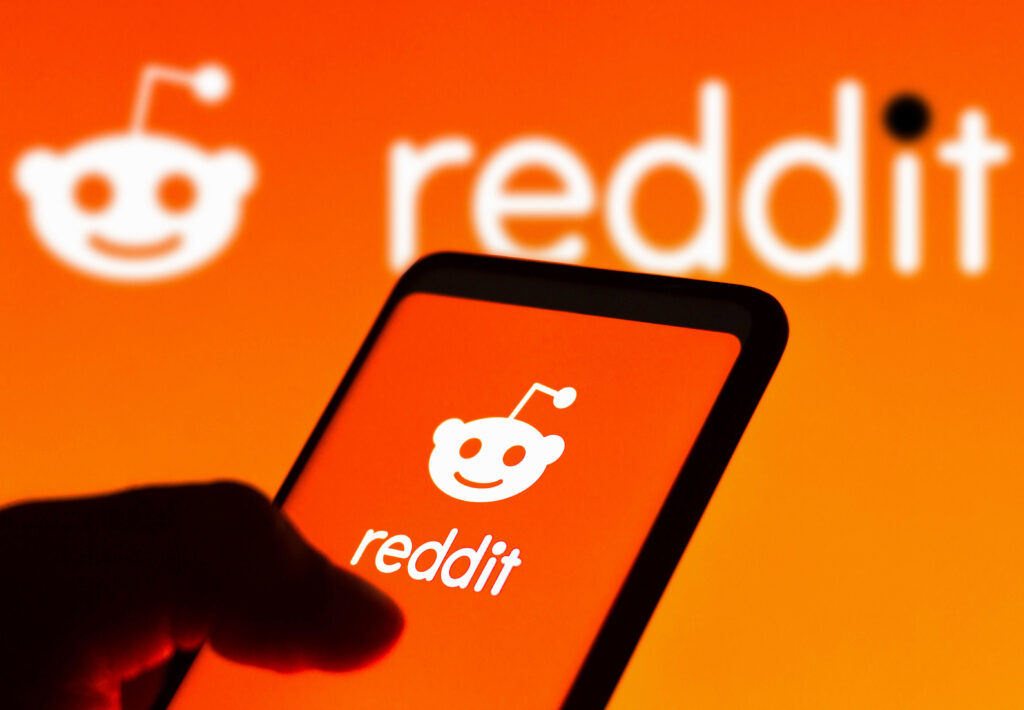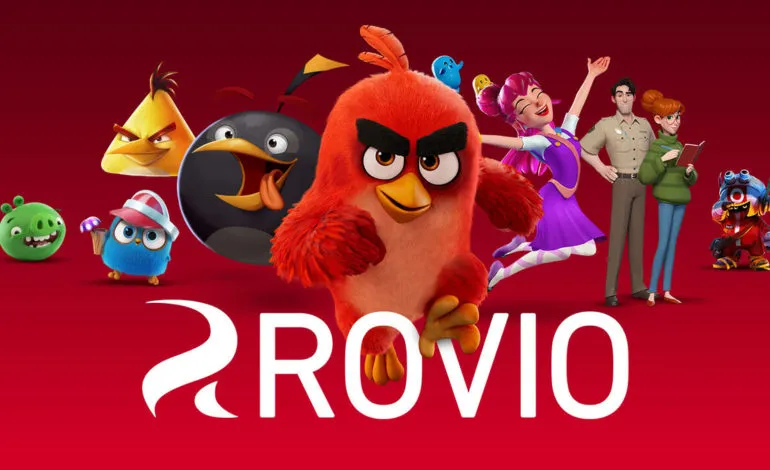People have said that 3D printing can move output back to the country where it was made and use less material overall than traditional methods. Less often talked about is how technology can be used to reuse materials. One 3D printing company that knows this very well just came out of stealth mode and is now talking to investors about how to grow its business. But Marvel Labs doesn’t just reuse old things; it also takes in carbon when it 3D prints stuff out of wood.
It sounds like a story from the future. Marvel Labs takes things like seaweed, coffee grounds, and sand that aren’t being used and processes them so they can be used in a 3D printing method called “binder jetting.” The machines at the startup put down layers of a bio-based binder on a bed of fine powder until the finished object is made. In keeping with the name of the company, the printed things are as beautiful as the nature from which they come.


From a 3D printing legacy to a green business leader
After working as the head of innovation for new programs at big companies like United Technologies (which was bought by Raytheon), Marvel CEO Jake Miller decided to use his skills to solve a pressing problem he cared deeply about sustainability. Miller started looking into the idea of 3D printing with waste biomass in 2017. Eventually, he joined forces with binder jetting expert Andy Jeffery to start Marvel Labs.
“You should know that every year, 3.7 million tonnes of wet coffee grounds end up in dumps. A million tonnes of sargassum seaweed washed up on the beaches of Mexico. Every year, about 15 billion trees are cut down, but only about 10 billion are planted in their place. “Every year, we lose more forest than we gain, and if that keeps up, we won’t have any trees left by 2100,” said Jeffery, the head of sustainability for the company. “At Marvel Labs, we want to not only do something with that trash but also help the Earth grow back.”
Read More: Dorsey’s Initial Tweet’s $2.9M NFT is Currently $4
Taking Carbon Out of the Air with 3D-Printed Biomass
The best thing about Marvel’s technology is that all of the materials used are made from living things. This means that there are no dangerous glues or plastics. Carbonwave is one of its partners. This business can turn the extra seaweed caused by global warming into a fine powder that Marvel’s binder jetting operations can use.
“Carbonwave is excited to work with Marvel Labs to find low-emission and upcycling ways to 3D print with sargassum, the world’s largest seaweed bloom, to make things like bathroom fixtures, furniture, artwork, and more,” said Geoff Chapin, CEO of Carbonwave. “This will make it possible for areas affected by sargassum to turn a liability into assets that are sourced in a sustainable way, don’t release methane, and have a much better supply chain.”
Because the powder is made from waste biomatter, it is also the most practical and long-lasting way to collect carbon. Even though it is possible for 1,000 machines to capture 81,000 tonnes of CO2 per year, this amount grows exponentially as machines get bigger and more goods are made, which is the opposite of how most manufacturing is done today. This makes up for the 400 million packages that are sent out every year in Mumbai.
“Each thing we make will have a label that says how much carbon is locked up in it. Jeffery said, “That’s carbon that won’t go into the air.”
Partners Who Are Well-Known
Notably, Marvel Labs is already working with other companies when it enters the market. In one deal, the Spanish company FINSA, which wants to buy 20 printers, may use the startup’s technology to make a lot of home goods. Marvel is in the process of 3D printing consumer goods made from used coffee grounds for Laughing Man Coffee & Tea.
“Laughing Man Coffee and the Laughing Man Foundation are very excited to work with Marvel Labs on what we think is a really revolutionary and game-changing sustainable technology: using coffee grinds with 3D printing to make affordable, user-friendly, and sustainable consumer products like mugs, travel mugs, and home goods for Laughing Man. David Steingard, CEO of Laughing Man Coffee & Tea, said of the partnership, “There’s even a chance that cafes could become places to make things right there on the spot.” “We’re also happy that the Laughing Man Foundation is looking into ways to use this technology with its coffee farms and partners around the world to bring jobs and opportunities to those places, too.”
Read More: Wedbush Values Tesla at $190 Billion
Using digital manufacturing to move production to a new location
The ultimate goal of Marvel Labs is to be able to use whatever material makes the most sense in a given area. For example, used coffee grounds in the U.S. may make more sense than cassava in South America.
“It doesn’t matter just what they’re made of. How we make them is also important,” Jeffery said. “There aren’t many shipping costs for our materials because the 3D printers are close to where the raw materials come from. There are a few coffee shops in every town, and they throw away hundreds of cubic meters of used coffee grounds every year. If these materials can be used to make products for the local community, then supply lines won’t have to ship raw materials from far away as often.
Mass Production at Low Cost
As good as all of this is for customers’ green credentials, the price may be the most surprising thing about Marvel’s methods and materials. As of now, industrial 3D printers and the materials they use are too expensive to be used for mass output. The technology that Marvel Labs uses is not like this.
Already, biowaste is so cheap that some places will pay you to take it away. Just because of this, Marvel Labs’ parts are often made for less money than standard items. Because of this, Marvel Labs’ business is only second to its ability to heal our environment in terms of how well it makes money. All Marvel Labs needs to get these products into people’s hands is the money to do it. Because of this, the company is talking with a number of investors who want to help make production more accessible in the future. If Marvel’s plans work out, the future will be like its motto: “Local. Sustainable. Manufacturing.”
FAQs
Marvel Labs is a technology company that is developing a new way to 3D print objects using biomass waste materials. The company’s technology uses a binder jetting process to print objects from a fine powder of biomass waste, such as seaweed, coffee grounds, and sawdust. The binder is a bio-based material that helps to bind the powder together.
When biomass waste is 3D printed, the carbon that was stored in the biomass is captured in the final object. This is because the binder jetting process does not release carbon back into the atmosphere. As a result, Marvel Labs’ technology has the potential to help to mitigate climate change by capturing carbon from waste materials.
Marvel Labs’ technology has the potential to be used to create a wide variety of objects, including furniture, home goods, and even construction materials. The company is currently working with partners to develop a variety of products using its technology.




